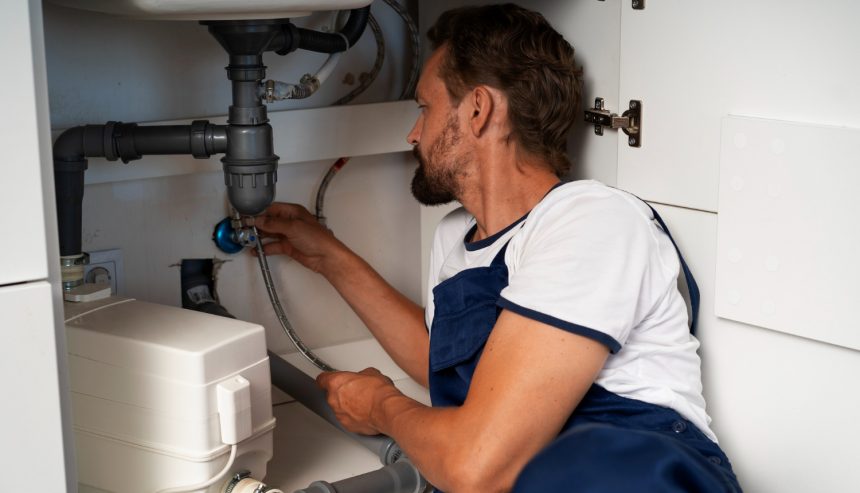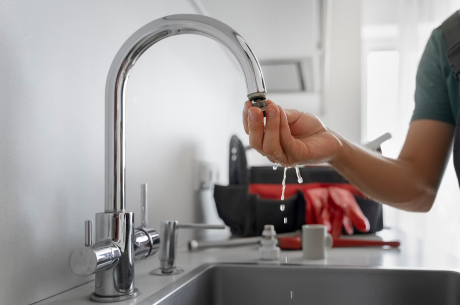Florida’s weather can be unpredictable, with heavy rains and hurricanes posing a constant threat to our homes. As residents, we know that water damage can happen suddenly and often when we least expect it. This makes protecting our valuables from water damage a priority. Whether it’s family photos, important documents, or cherished heirlooms, keeping these items safe from water hazards is crucial.
Preparing for potential water damage involves more than just reacting to a storm. It’s about taking proactive steps to safeguard what matters most to us. By identifying at-risk items and storing them properly, we can reduce the chances of damage significantly. We must think ahead and consider both everyday risks and larger weather events.
Additionally, using waterproof containers and materials can add an extra layer of protection. Regular checks and maintenance routines help ensure our efforts keep working over time. Paying attention to details today can save us a lot of heartache and hassle in the future. Through these simple steps, we can give ourselves peace of mind, knowing our valuables are secure.
Identifying Valuables at Risk of Water Damage
The first step in protecting valuables from water damage is knowing what needs protection. Certain items are more vulnerable to water damage due to their materials and sentimental or monetary value. Common at-risk items include family photos, important documents, electronics, and textiles like quilts or handmade garments. These items often hold both emotional and financial value, making their protection essential.
Documents such as birth certificates, passports, and legal papers can be difficult or impossible to replace if damaged by water. Photos and old letters often have sentimental value that cannot be quantified. Electronics are sensitive to moisture and can be easily ruined, leading to expensive repairs or replacements. Additionally, items like jewelry, artwork, and collectibles can be affected by water exposure, which can ruin their appearance or function.
Make a list of the items that are most valuable to you and assess their current storage conditions. Are they stored in areas prone to flooding or leaks? Are they on lower floors, like basements, which are more susceptible to water damage in heavy rains? Identifying these at-risk items allows us to take focused, protective actions to ensure they remain safe during water-related events.
Creating Safe Storage Options
Once we’ve identified our most important items, we can focus on creating safe storage options. One effective way to protect valuables is by storing them on higher floors or shelves. This helps keep them above the reach of potential flooding, especially in areas like Florida where sudden downpours and hurricane surges are common. Use closets on higher floors or built-in cabinets to keep things elevated and dry.
For documents and small items, consider investing in fireproof and waterproof safes. These safes provide excellent protection against both fire and water. They can secure important papers, small electronics, and precious jewelry from damage. Look for safes with quality seals and high water resistance ratings to ensure maximum protection.
For larger items or items that need to stay accessible, use plastic storage bins with tight-sealing lids. These bins are a great way to keep moisture out and can be easily stacked on higher shelves or in safe areas of your home. Be sure to label each bin so you can quickly locate your valuables when needed. Additionally, storing items in climate-controlled areas can help prevent moisture buildup and mold growth, offering an extra layer of security against water damage.
These simple steps can be crucial in protecting our valuables from potential water damage. By making smart storage choices, we ensure our treasured items are safe and secure, regardless of the weather conditions.
Using Waterproof Containers and Materials
To add an extra layer of protection for our valuables, using waterproof containers and materials is a smart move. Waterproof and water-resistant containers can keep moisture out, protecting the contents even during heavy rains or minor flooding. Look for containers with tight-sealing lids and strong, durable materials.
For documents and photos, waterproof document bags or sleeves can offer great protection. These bags usually have secure zip-lock seals, ensuring that water cannot seep inside. For larger items or electronics, plastic storage bins designed to be watertight are a good option. These bins come in various sizes and can be conveniently stacked and stored.
Another useful tip is to use desiccant packs, such as silica gel packs, inside your containers. These packs absorb moisture, helping to keep the interior dry and further protecting your valuables from any humidity that might get inside. When storing items like clothes or fabric, vacuum-sealed bags work wonders in keeping them dry and safe from mold and mildew.
Routine Checks and Maintenance to Prevent Water Damage
Routine checks and maintenance are crucial in preventing water damage and ensuring our protective measures remain effective. Regularly inspect areas prone to leaks, such as roofs, windows, and basements. Look for signs of water intrusion like damp spots, mold growth, or soft patches on walls and ceilings.
Make it a habit to check your plumbing for any leaks or drips. Even a small leak can cause significant damage over time. Pay attention to your water bills; a sudden increase might indicate a hidden leak. Inspect your sump pump and ensure it is functioning correctly, especially before the rainy season starts.
Don’t forget to check your waterproof containers and storage bins periodically. Make sure seals remain intact and replace any desiccant packs that have become saturated. Also, ensure that your items are stored off the ground, on shelves or elevated platforms, to minimize the risk of water exposure during minor floods.
By incorporating these routine checks into our maintenance schedule, we can catch potential issues early and prevent significant water damage to our valuables.
Conclusion
Protecting our valuables from water damage is an ongoing process that requires attention and proactive steps. By identifying items at risk, creating safe storage solutions, using waterproof containers, and performing routine checks, we can safeguard our precious belongings from the unpredictable weather in Florida. Taking these measures helps us preserve our treasured items and avoid costly damage.
If you do experience water damage or need help setting up proper safeguards, PuroClean of Naples is here to assist. We offer professional water damage restoration services to help you recover quickly and protect your home from future incidents. Call us today to learn more about how we can help you keep your valuables safe from water damage.



